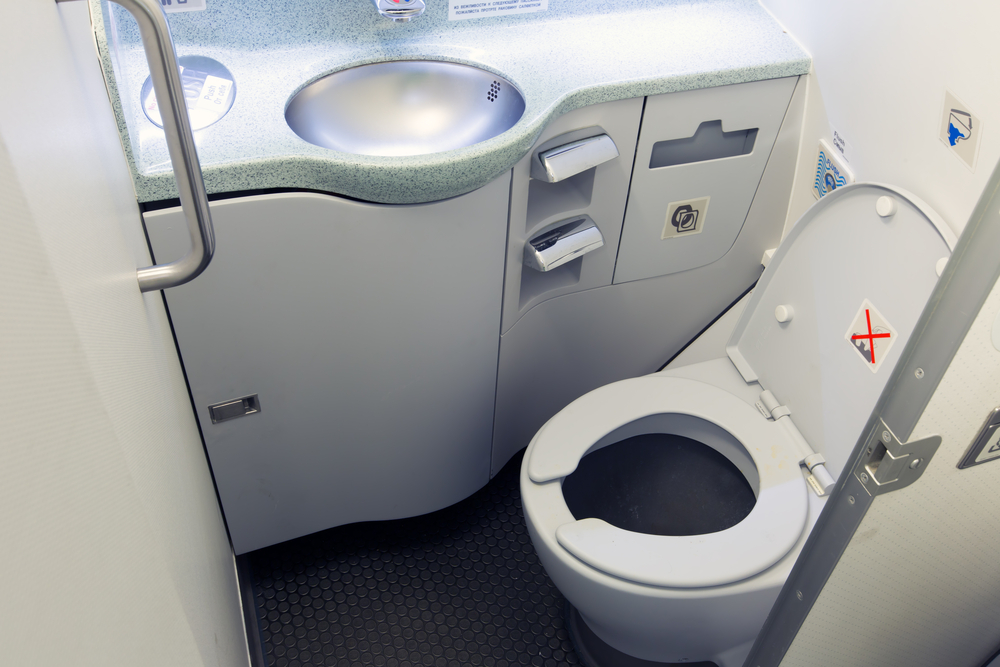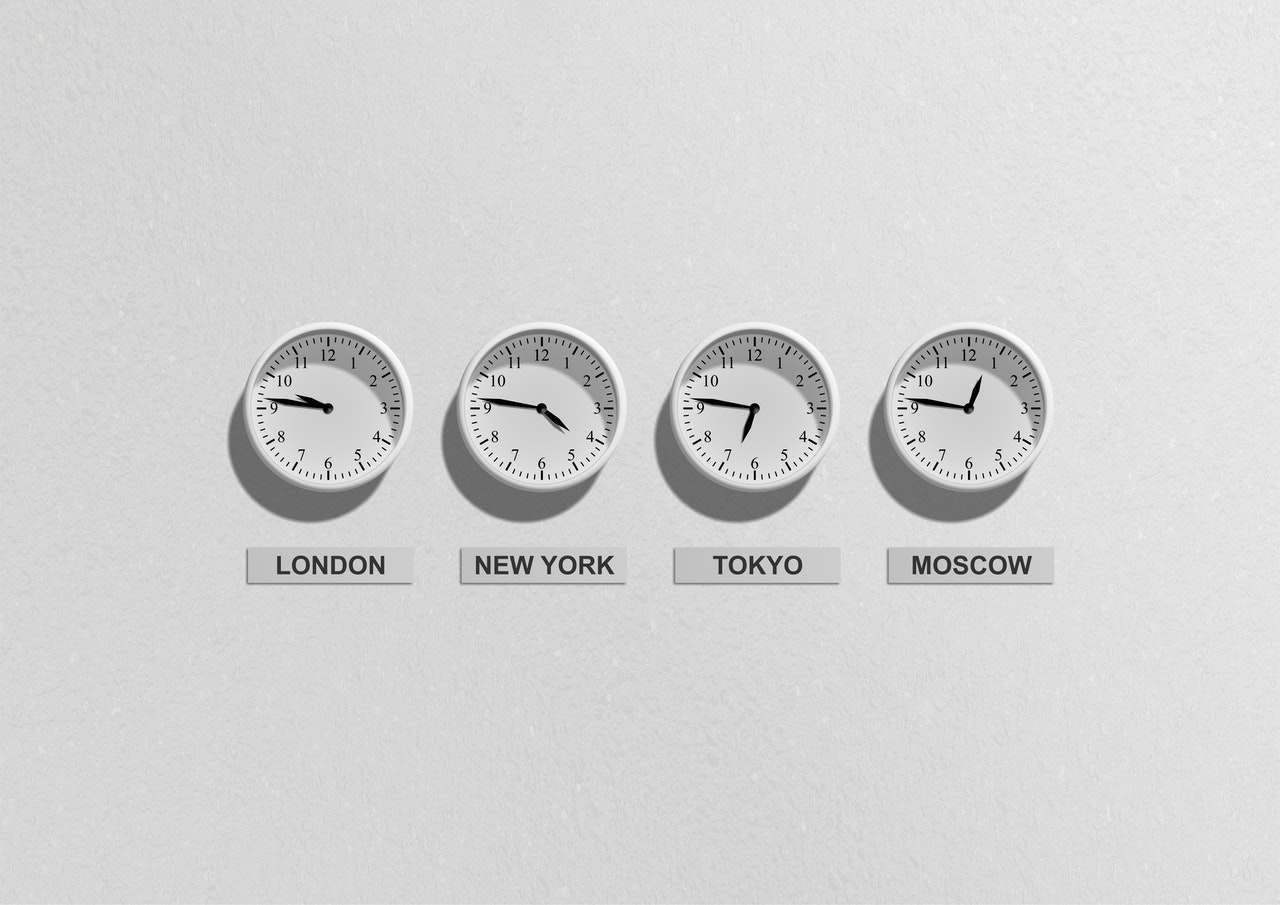Reading Time: < 1 minutes
- There was a time when passengers in airplanes had to defecate in a bucket, which then had to be emptied out of the window, leading to its contents landing on the ground.
- This was inconvenient and unhygienic for obvious reasons.
- But the water-based mechanism that we have in our homes wasn’t possible – water would add weight, resulting in limited passenger space and higher fuel consumption.
- Another problem was water-spillage during turbulence.
- Overlooking the weight-disadvantage, airlines opted for a system that used blue deodorizing gel Anotec.
- The advantage of using Anotec over the water was that it didn’t cause any spillage.
- Every time a user flushed the toilet, an electric pump would circulate the gel in the toilet bowl that would take the waste with it to the attached tank.
- Along with additional weight, Anotec had two other problems: A) It contained bleach that caused allergic reactions in some people; B) Anotec made the tanks leak and blue gel mixed with human waste often fellBetween 1979 and 2003, 27 cases of balls of “blue ice” falling on houses were reported in the US. The balls were so massive that one even ripped through a roof in California in 2006 while destroying a bed. on people and houses.
- The modern airplane toilet system was patented by James Kemper in the 1970s and was first used by Boeing in 1982, but didn’t become an industry-standard till much later.
- These toilets have a Teflon (non-stick) toilet bowl and powerful vacuum suction.
- Every time we flush an airplane toilet, a valve opens, sucks the waste, and takes it to a sealed tank located at the rear of the airplane.
- Because the vacuum sucks everything away, very little disinfecting liquid Skychem is required, which usually shows up in the bowl as a tiny amount of blue liquid.
- When the aircraft lands, the waste is disposed of in the airport’s underground sewage system.
- The tank is thoroughly cleaned and sanitized by the waste crew on-ground at the airport, who are employed specifically for this purpose.
Image courtesy of Skycolours through Shutterstock






















